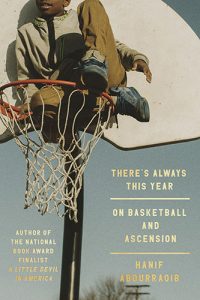Memoir – 2010
Volume 3 Number 2
2010
Biannual
Sima Rabinowitz
Along with the expected personal and family stories in prose, “memoir” in this issue includes the journal’s Best Graphic Memoir pick, “The Rejection Collection: A Visual Poem,” by Corey Ginsberg, a clever composition created of a series of photos of phrases from rejection letters received and the author’s musings about these hurtful strips of paper and their disappointing news: “How was it that my standard, hour-long wait in line at the Miami Post Office, enclosed $20 reading fee and eight months spent floating in ‘status of my submission’ Limbo didn’t even afford me an entire sheet of paper when I was rejected?” In the end Ginsberg’s rejection collage project seems to have been more encouraging than discouraging, as expressed both in the piece and in the lengthy “About” notes (a convention the journal uses for pieces with visual content). In any case, it turned into an acceptance!
Along with the expected personal and family stories in prose, “memoir” in this issue includes the journal’s Best Graphic Memoir pick, “The Rejection Collection: A Visual Poem,” by Corey Ginsberg, a clever composition created of a series of photos of phrases from rejection letters received and the author’s musings about these hurtful strips of paper and their disappointing news: “How was it that my standard, hour-long wait in line at the Miami Post Office, enclosed $20 reading fee and eight months spent floating in ‘status of my submission’ Limbo didn’t even afford me an entire sheet of paper when I was rejected?” In the end Ginsberg’s rejection collage project seems to have been more encouraging than discouraging, as expressed both in the piece and in the lengthy “About” notes (a convention the journal uses for pieces with visual content). In any case, it turned into an acceptance!
“And” includes a dozen and a half “narrative photographs” by Bill Clark, the work of 8 poets, and a review of a “must read memoir.” Clark’s photos are wonderful, in large measure for their sheer breadth of vision, from a vast view of “Open Road” to a close view of children huddled together on an amusement park ride. From streets, to buildings, to people, to vast landscapes, Clark has a keen eye and an original perception of space, light, and geometry. In his “About” note Clark writes of the impulse to, and influences on, his work as a narrative photographer. It concludes: “Now, I look forward to going on that ‘warm spring day’ and, with one-finger one-motion click, capture images with a beginning, middle, and end…and maybe a ‘maybe.’”
A standout among the prose memoir works is “For Gloria,” by Celestin Zimulinda with Patricia Pasick, is a series of letters about the author’s childhood in Rwanda and the separation from and death of his sister. His writing can be heartbreakingly lyrical: “Memories began to walk toward me from childhood, like storks returning to their summer homes.” Moving and beautifully composed is the journal’s Third Prize for Memoir in Prose or Poetry, “Peniel (Ithaca)” by Mary Ann Hogan about her life in Palm Beach County, Florida, a landscape she never expected to know, let alone call home, and how she landed there. Her prose is lucid, smart, and fresh. I liked, too, “Paris When it Fizzles,” by Paul. C. Dalmas, a short musing by a Frenchmen on having given up French. Whatever you do, don’t give up on Memoir.
[www.memoirjournal.com]



